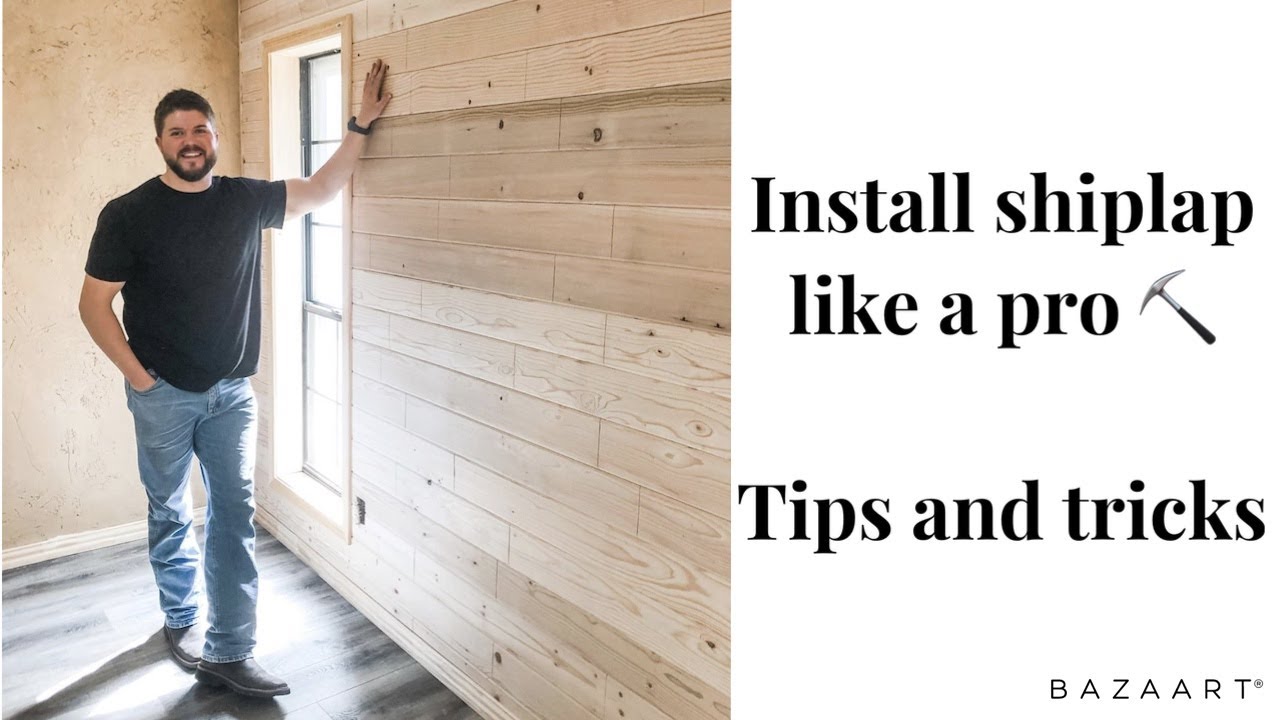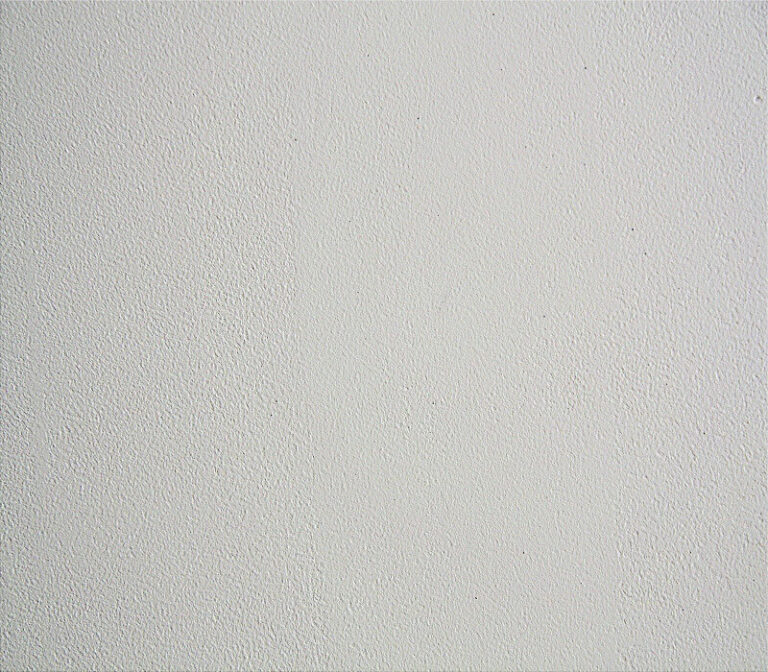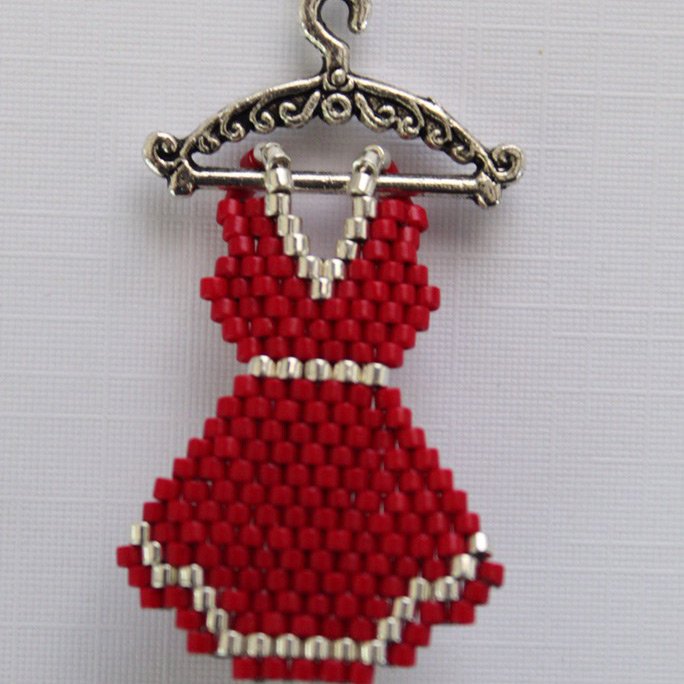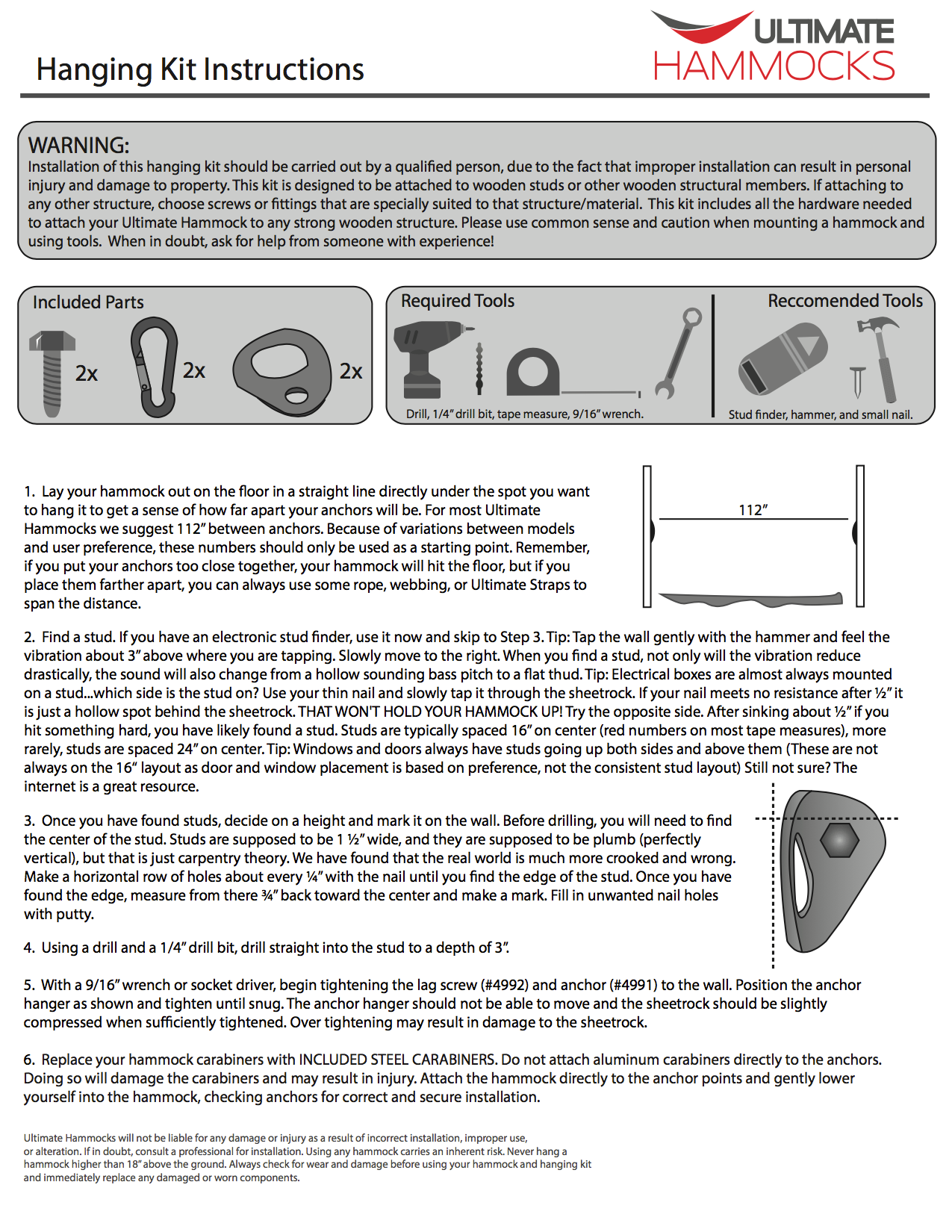5 Safe Ways to Hang Decor on Painted Walls

Hanging decorations on painted walls can be a delicate task. You want to adorn your space with art, shelves, or festive decor, but not at the expense of damaging the fresh paint or the wall's integrity. Thankfully, there are several methods to securely affix your items without compromising your walls. Here are five safe ways to hang decor on painted walls, ensuring both your creativity and wall's safety are preserved.
Use Adhesive Hooks or Strips

Adhesive technology has come a long way, offering a robust solution for wall decor. Here’s how to use adhesive hooks or strips:
- Choose the right product for your decor’s weight. Some adhesives are designed for heavy objects, while others are for light ones.
- Clean the wall thoroughly to ensure a strong bond. A mixture of rubbing alcohol and water or a cleaning agent will remove dust and grease.
- Follow the manufacturer’s instructions for application, ensuring the room temperature is as recommended.
- Press the adhesive firmly against the wall for the duration suggested by the product.
🔔 Note: Allow the adhesive to set for the recommended time before hanging any decor to ensure a strong bond.
Utilize Picture Rails and Moulding

If your home features picture rails or you’re willing to install some, they offer a paint-friendly solution:
- Hang art or decor from the rail using hooks or strings, keeping the nails or screws away from the painted surface.
- Picture rails also allow for easy repositioning and reduce the risk of wall damage from nail holes.
| Advantages | Disadvantages |
| No need for nails in the wall. | Requires existing or installation of picture rails. |

Hardwall Hangers or Monkey Hooks

These are perfect for hanging medium to heavy art or decor on drywall:
- Hardwall hangers are installed by pushing the hook into the wall, where it grips onto the back of the drywall.
- Monkey hooks work similarly, designed for easy installation without the need for additional tools like a hammer or stud finder.
🚨 Note: These hooks do create a small hole but minimize the spread of cracks compared to traditional nails or screws.
Use French Cleats

For heavier items or shelving, French cleats provide a sturdy option:
- Mount one half of the cleat to the wall and the other to your decor. When hung, they interlock, distributing weight evenly.
- This method allows for easy leveling and repositioning.
Suction Cups for Lightweight Decor

For really light items, like holiday decorations or small frames:
- Suction cups work well on smooth, non-porous surfaces, including painted walls.
- They are easy to install and remove without leaving residue or marks.
Care Tips for Adhering to Painted Walls

Whether you choose adhesive or mechanical methods, here are some general care tips for hanging decor:
- Avoid Overloading: Ensure the weight of your decor does not exceed the capacity of your chosen hanging method.
- Test Weight Capacity: Always check the weight limit before hanging anything.
- Consider Wall Material: Some walls might require different strategies due to their construction (e.g., plaster vs. drywall).
In summary, hanging decor on painted walls doesn't have to be a gamble with your wall's finish or structure. Using the appropriate methods ensures that your wall art, shelves, or decorations stay in place without leaving behind unnecessary marks or damage. By selecting from adhesive hooks, picture rails, hardwall hangers, French cleats, or suction cups, you can enjoy both the beauty of your decor and the pristine condition of your painted walls.
What types of adhesive hooks or strips work best for painted walls?

+
Look for products like 3M Command strips, Gorilla Mounting Tape, or Tack-It adhesive, which are known for their strong holding power and safe removal from painted surfaces.
Can picture rails be added to any wall?

+
Yes, although it’s ideal for rooms with tall ceilings or where you might frequently change decor. Professional installation is advisable to ensure proper anchoring into studs or the wall’s structure.
What should I do if the wall already has damage?

+
Use spackling compound to fill small holes, sand it down, and touch up the paint. For larger damage, consider getting professional repairs to maintain the wall’s integrity and appearance.



